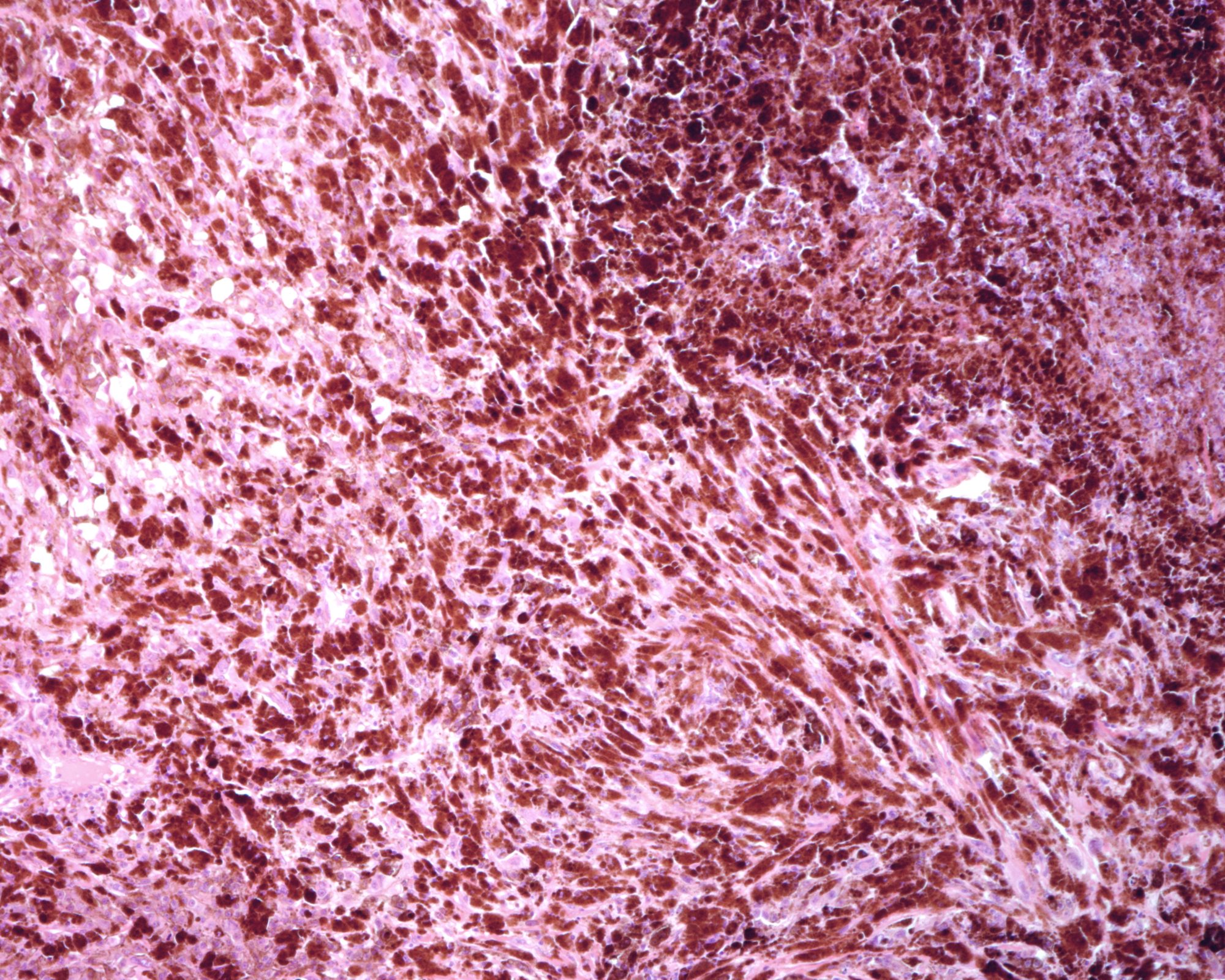British Skin Foundation walk us through the two main types of skin cancer, melanoma & non-melanoma, and the importance of funding research in the field
Skin cancer is the most common form of cancer in the UK and, unfortunately, rates are continuing to rise year on year. At least 100,000 new cases are diagnosed each year and the disease kills over 2,500 people each year, or seven people per day, in the UK.
Two main types of skin cancer
There are two main types of skin cancer: melanoma and non-melanoma. Non-melanoma skin cancers are the more common of the two. They are generally less serious as they are less likely to spread to other parts of the body. They are not connected to moles and will usually appear gradually on the body. Non-melanoma skin cancers can appear anywhere but most commonly on sun-exposed areas such as the head, neck, lips, ears and the backs of hands. Some of the possible signs to keep an eye out for are: a scab or sore that does not heal, a scaly or crusty patch of skin that is red or inflamed, a flesh-coloured bump that will not go away and continues to grow in size or a volcano like growth with a rim and central crater.
Melanomas are less common than non-melanomas, but they are one of the most dangerous forms of skin cancer. They can develop from existing moles but more often will appear as a new mark on the skin. Melanomas can appear on any part of the skin, but they are most common in men on the body, and in women on the legs. It is important to check your skin for moles or new or changing marks once a month. Any changes can be a worry, but you should look out for marks or moles growing in size, changing shape, developing new colours, bleeding, causing pain, crusting, going red around the edges or itching.
The Miiskin app is a useful tool to help track moles on your body by allowing you to create a photo-library of your skin’s appearance. The app will help you perform regular skin exams and determine if any changes require medical assistance.
Ultimately, we strongly urge you to tell your doctor about any changes to a mole or patch of skin, or a new mole or mark on adult skin. Remember: If in doubt, check it out.
The risk of developing skin cancer
Some people are more at risk of developing skin cancer than others. Your skin colour or type is the main factor. People who burn easily in the sun are at increased risk. Overexposure to UV radiation in sunlight will cause damage to your skin, which increases the risk of skin cancer. All types of skin are susceptible to sun damage but the paler you are, the more susceptible you are likely to be. However, it is hugely important to never let your skin burn in the sun, whatever your skin type is.
Other factors that may increase your risk of developing skin cancer include having suffered severe sunburn in the past, using sunbeds, having lots of moles and spending lots of time outdoors. You are also more at risk of skin cancer if another family member has had it or you have a damaged immune system.

Funding skin cancer research
The good news, however, is that most skin cancers can be cured if detected early. Research is vital to ensuring skin cancers are caught early and to allow us to continue understanding skin cancer and moving toward a world with no fatalities from skin cancer.
The British Skin Foundation funds research into all types of skin diseases, including the main types of skin cancer. Recently, with the help of British Skin Foundation research funds, a team of researchers at Newcastle University, led by Professor Penny Lovat, developed a pioneering test which reliably predicts the spread or return of melanoma. The technological advance came as the team made a scientific breakthrough in understanding the mechanism of skin cancer growth. By applying the test – called AMBLor® – to the standard biopsy of the primary melanoma on its removal, patients who are at low risk of the disease reoccurring or spreading can be identified. The test identifies a patient’s true risk of disease progression and provides anyone diagnosed with a non-ulcerated early-stage melanoma – accounting for around 75% of all new diagnoses – more accurate information about the risk of the disease spreading. Research like this is vital in continuing the fight against skin cancer.
The British Skin Foundation is committed to funding vital research to improve the lives of those with skin cancer and other skin diseases. We know research saves lives, but it is hugely expensive. As a charity that does not receive any statutory funding, we rely on our incredible supporters to help us continue our crucial work. For ways to support the British Skin Foundation, please visit our website: www.britishskinfoundation.org.uk
British Skin Foundation
Tel: +44 (0)20 7391 6341
admin@britishskinfoundation.org.uk











